Striped polecat
Ictonyx striatus
Family Mustelidae (Otters, Honey Badger, Weasels & Polecat)
Link to photos of polecats:
http://www.arkive.org/zorilla/ictonyx-s ... 67941.html
The striped polecat is also called the African polecat, zoril, zorille, zorilla, Cape polecat, and African skunk. The name "zorilla" comes from the word "zorro", which in Spanish means "fox".
 Distribution
Distribution
Striped polecats are found throughout the African continent. They are distributed in all habitats occurring between the Mauritanian coast and the coast of Sudan, and southward to the South African coast.
Habitat
Striped polecats inhabit a wide variety of habitats. Although they are most commonly found in African savannas and semi-arid environments, they can also be found anywhere from the coastal sand dunes of the Namib desert, to the big rainfall areas of the District of Zimbabwe, which has forests, high mountains, and even swamps.
Description
Striped polecats closely resemble the North American skunk and are close relatives of the African weasel, but differs in that it is larger, the coat hairs are longer, and that it has three characteristic white dots on the head.
These small carnivores have glossy, coarse black fur with a distinctive white spot on the forehead, one on each cheek at the base of the ears, and the black ears have white tips. Four broad white stripes extend down the body from the top of the head to the tip of the tail.
The body length can vary between 28 and 30 cm, not including the tail, which can add an extra 20 to 30 cm to the total length. Males are usually larger than females, weighing in at about 1.4 kg with females down at about 1.02 kg.
They have long sharp claws on the forepaws, which are mainly adapted for digging, but are also useful when climbing trees. The teeth are shorter than the teeth of weasels and the cutting edges of the sheering teeth are less developed.
Diet
Striped polecats are carnivores. They eat a wide variety of small rodents, including rats, mice, and spring hares. They also eat frogs, lizards, snakes, birds, bird eggs, and beetles.
Lifestyle and Reproduction
The mating system of this species is unknown. These animals are solitary in the wild. It is nocturnal, hunting mostly at night. During the day it will burrow into the brush or sleep in the burrows of other animals.
Zorillas are generally intolerant of one another except during the mating season, when males and females can interact without aggression. Male encounters are always aggressive. Studies of captive animals indicate that the breeding season is from early spring to late summer. All litters were born between September and December. Females generally produced only one litter in a season, but if all of her babies died young, a female could produce another litter before the end of the breeding season.
The mother usually gives birth to a litter ranging from 1 to 4 young. The young are born in burrows during the mid-summer months after a 6 week gestation period. Weighing in at 15 g, a newborn is blind and hairless with pink skin. Short fur begins to cover their body at 21 days after birth. The canine teeth don't grow out until day 32, and they don't open their eyes until they are between 35 and 42 days old. Although they can kill their own prey at 9 weeks of age, they aren't completely weaned until they are 18 weeks old. Sexual maturity is reached between the 20th and 30th week.
Defense mechanisms
The striped polecat is an aggressive and very territorial animal. It marks its territory with its feces and through the anal emission of fumes. These fumes serve as a defense against predators, in a similar manner as employed by skunks. The emissions, released by anal stink glands, temporarily blind their adversaries and irritate the mucous membranes resulting in an intense burning sensation. Before spraying the opponent with this noxious fluid, the striped polecat will often take a threat stance with its back arched, rear end facing the opponent, and tail straight up in the air.
Communication
Striped polecats have been known to communicate with each other using a vast myriad of verbal signals and calls. Growls are used to act as a warning to possible predators, competitors, or other enemies to back off. High pitched screams have been observed as signifying situations of high aggression or accompanying the spraying of anal emissions. An undulating high to low pitched scream has been used to convey surrender or submission to an adversary. This call has been noted to accompany the subsequent release of the loser. Conversely, a quieter undulating call has been interpreted as functioning as a friendly salutation. Mating calls are common forms of communication between the sexes. Finally, young polecats often have a specific set of calls and signals, used when they are in adolescence, either signifying a feeling of distress or joy depending on if the mother is absent or present.
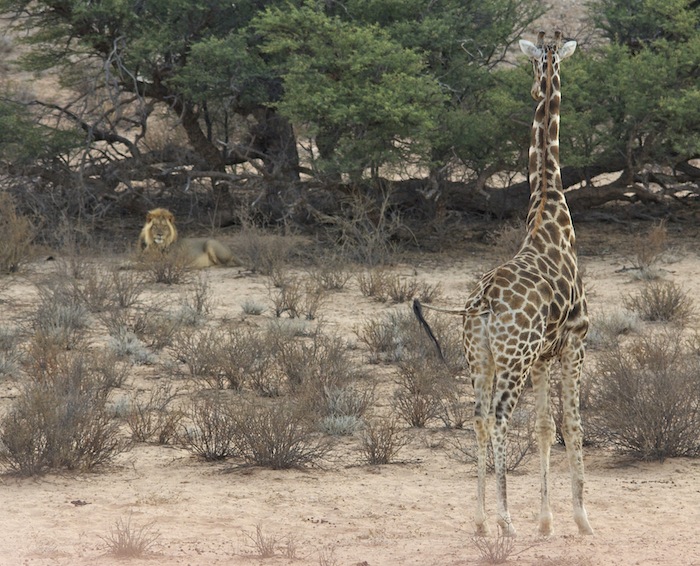 by ExFmem
by ExFmem by ExFmem
by ExFmem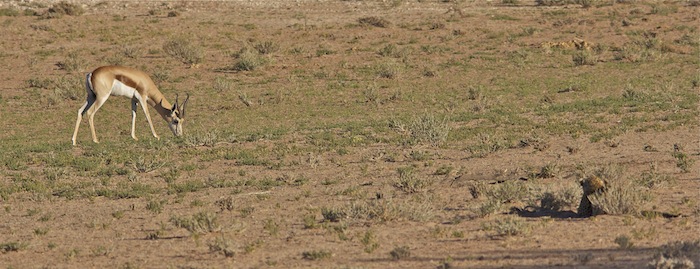 by ExFmem
by ExFmem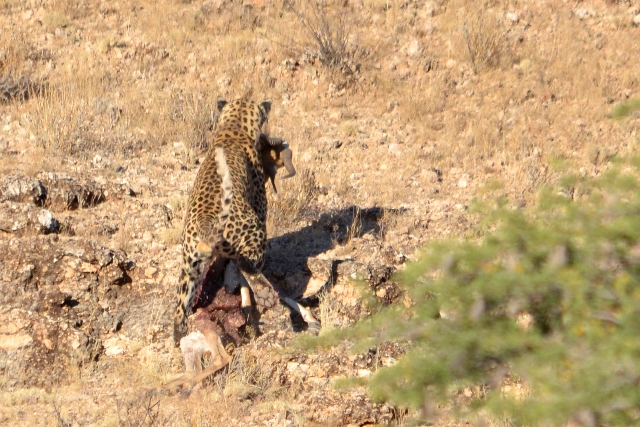 by Mel
by Mel by nan
by nan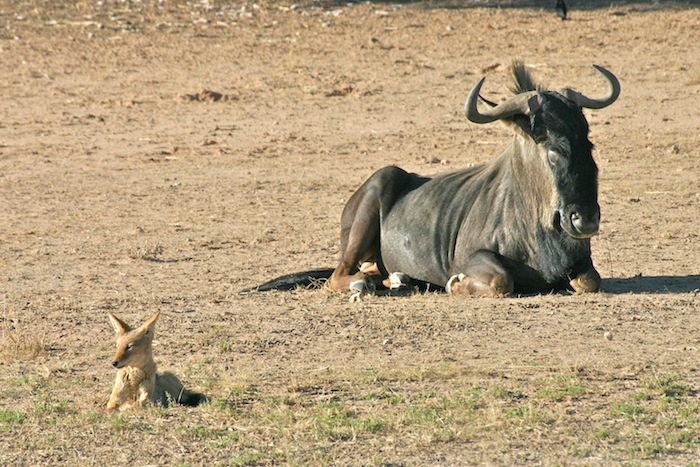
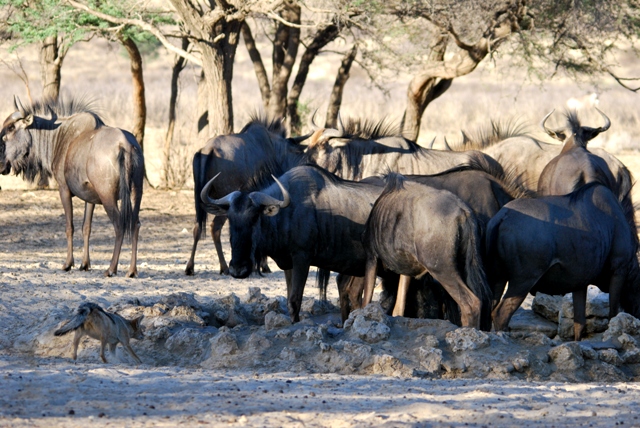 by Mel
by Mel by nan
by nan by ExFmem
by ExFmem by nan
by nan
 by nan
by nan no fears
no fears  by Duke
by Duke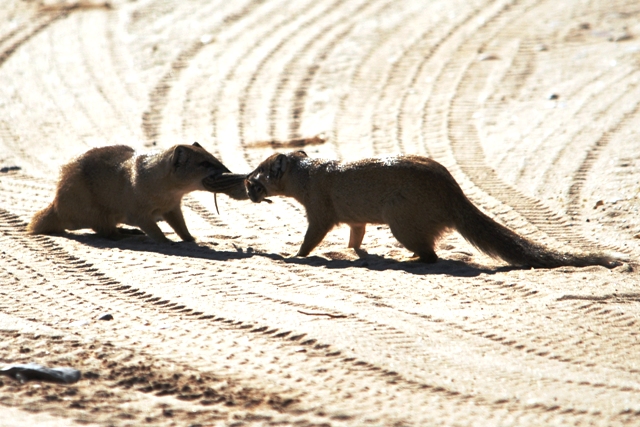 by Mel
by Mel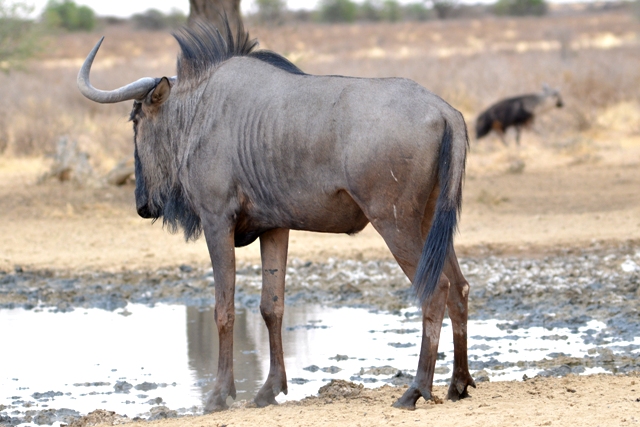
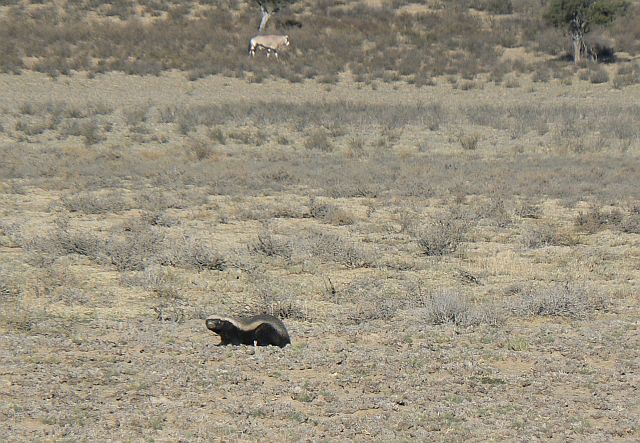 by Toko
by Toko